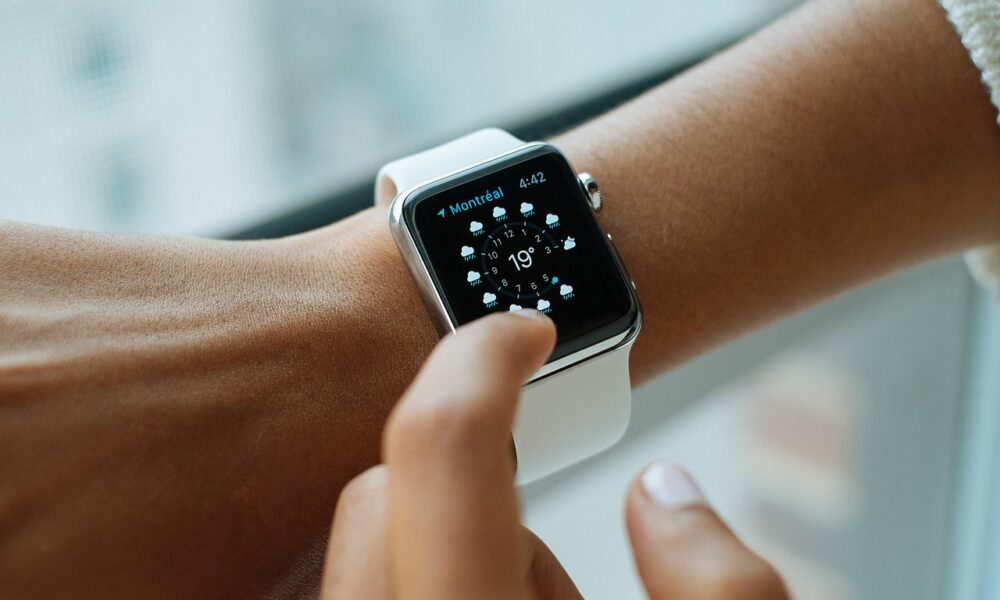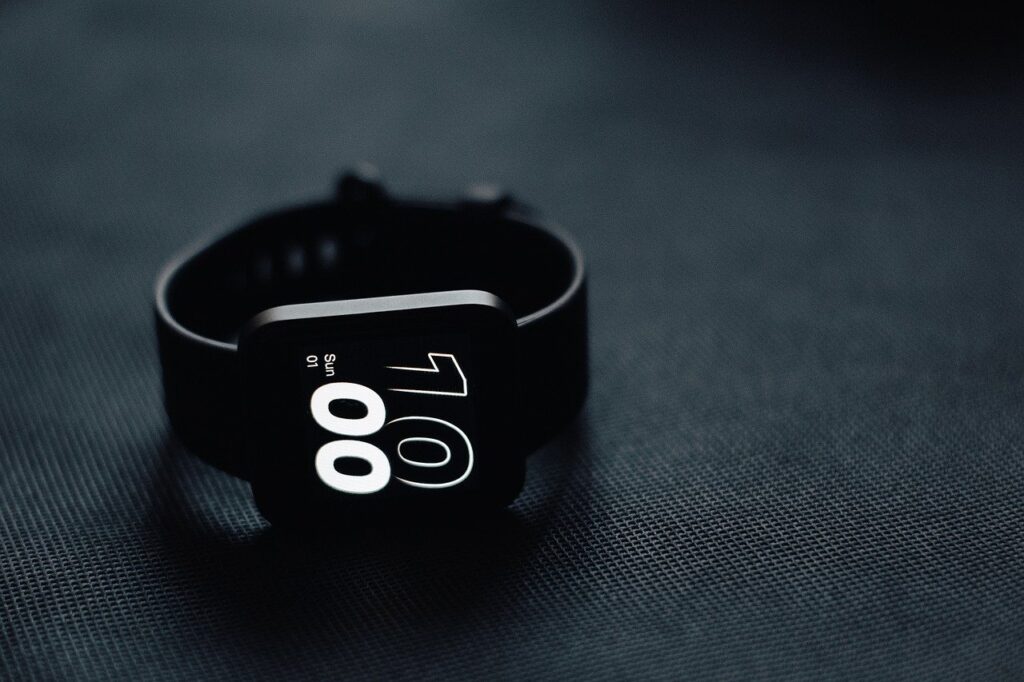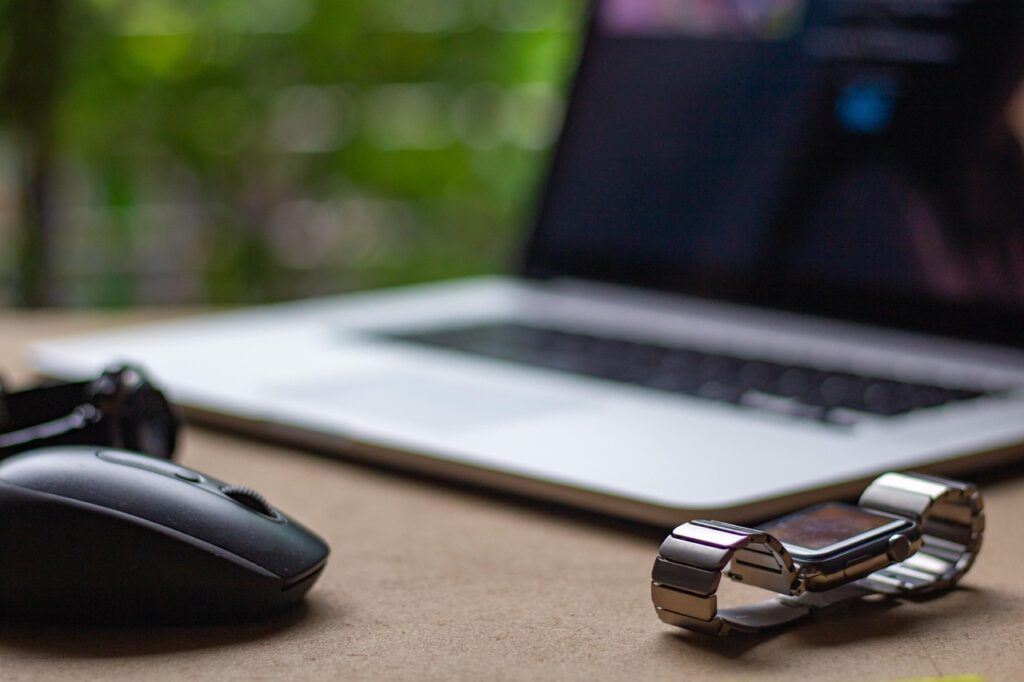How to choose the best Smartwatch for men

Modern smartwatches have transformed from simple notification displays into sophisticated health monitoring devices that track everything from heart rate to sleep patterns. This comprehensive guide breaks down pricing, features, and brand comparisons to help you select the ideal smartwatch for your lifestyle and budget.
Smartwatch Pricing: what to Expect Across Different Categories
The smartwatch market spans a wide price range, with entry-level models starting around $50 and premium options reaching $800 or more. Budget-friendly options like the Amazfit Bip series offer basic fitness tracking and notifications, while flagship models from Apple and Samsung provide advanced health sensors and cellular connectivity.
Mid-range smartwatches between $150-$350 deliver the best value proposition for most users. These devices typically include GPS tracking, heart rate monitoring, and water resistance up to 50 meters. Premium models above $400 add features like ECG readings, blood oxygen monitoring, and premium materials such as titanium or ceramic cases.
For professionals seeking luxury aesthetics combined with smart functionality, ultra-premium models can exceed $1,000. These watches often feature sapphire crystal displays, premium metal construction, and exclusive leather bands. The investment makes sense for users who view their smartwatch as both a technological tool and a fashion statement.
Essential Features Every Modern Smartwatch Should Offer
Today’s smartwatches for men integrate multiple sensors and connectivity options to enhance daily productivity and health awareness. Core features include accelerometers for step counting, optical heart rate sensors for continuous monitoring, and Bluetooth connectivity for smartphone pairing. Advanced models incorporate NFC chips for contactless payments and built-in speakers for hands-free calling.
Health tracking capabilities have become increasingly sophisticated, with many devices now offering sleep stage analysis, stress monitoring through heart rate variability, and even skin temperature measurements. These features transform your smartwatch into a comprehensive wellness companion that provides insights previously available only through medical equipment.
Display technology varies significantly between models, with OLED and AMOLED screens offering vibrant colors and deep blacks, while e-ink displays prioritize battery life and outdoor visibility. Always-on display functionality has become standard on premium models, allowing users to check the time without raising their wrist or tapping the screen.
Water resistance ratings deserve careful consideration, especially for active users. Basic splash resistance (IPX4) handles daily activities, while 5ATM or 50-meter ratings allow swimming and showering. Serious swimmers and water sports enthusiasts should seek 10ATM or higher ratings for peace of mind during aquatic activities.
Operating System Compatibility and App Ecosystems
Your smartphone’s operating system significantly influences smartwatch compatibility and functionality. Apple Watch exclusively pairs with iPhones, offering the tightest integration but limiting flexibility. This restriction means iPhone users get access to the most comprehensive smartwatch experience, including seamless app continuity and advanced health data sharing.
Android users enjoy broader smartwatch compatibility, with options from Samsung, Google, Garmin, and numerous other manufacturers. Wear OS devices provide Google Assistant integration and work well with Google services, while Samsung’s Tizen OS offers unique features like Samsung Pay and Bixby voice control.
Third-party fitness brands like Garmin and Fitbit use proprietary operating systems optimized for health tracking and battery life. These platforms may lack extensive app selections but excel in specialized fitness features and data analysis capabilities that serious athletes appreciate.
Top Smartwatch Brands and Their Standout Models
Apple maintains its leadership position with the Apple Watch Series 9, offering seamless iPhone integration and the most comprehensive app ecosystem. The device excels in health tracking accuracy and provides features like fall detection and emergency SOS functionality that can literally save lives.
Samsung’s Galaxy Watch series provides excellent Android compatibility while maintaining some iPhone functionality. Their unique rotating bezel navigation system offers intuitive control, and exclusive features like body composition analysis set them apart from competitors. The Galaxy Watch 6 Classic brings back the beloved rotating bezel after its temporary absence.
Garmin focuses on fitness enthusiasts with exceptional battery life and specialized sports tracking modes for activities ranging from golf to swimming. Their Fenix and Forerunner series cater to serious athletes, while the Venu line targets users seeking smart features without sacrificing fitness capabilities.
Google’s Pixel Watch represents the search giant’s attempt to create a flagship Wear OS device with tight integration to Google services. The circular design and premium materials compete directly with Apple and Samsung offerings, though battery life remains a concern for heavy users.
- Apple Watch Series 9: $399 (GPS) to $749 (Cellular + premium materials)
- Samsung Galaxy Watch 6: $299 (40mm) to $379 (44mm Classic)
- Garmin Venu 3: $449 with 14-day battery life
- Google Pixel Watch 2: $349 with Wear OS 4
- Fitbit Sense 2: $299 focused on health and wellness
- Amazfit GTR 4: $199 excellent budget option
- Huawei Watch GT 4: $249 with HarmonyOS
Health and Fitness Tracking Capabilities
Modern smartwatches have evolved into comprehensive health monitoring devices that rival dedicated medical equipment in many areas. Heart rate monitoring has become standard, but implementation quality varies significantly between brands. Optical sensors work well for general fitness tracking, though chest strap connections provide superior accuracy for serious training.
Sleep tracking functionality has advanced dramatically, with many devices now analyzing sleep stages, providing sleep quality scores, and offering personalized recommendations for better rest. Some models include snore detection and smart alarm features that wake users during lighter sleep phases for improved morning alertness.
Blood oxygen monitoring gained prominence during the COVID-19 pandemic and has become a standard feature on premium models. While not medical-grade, these readings provide valuable insights into overall health and fitness levels, particularly for users at altitude or with respiratory concerns.
Stress monitoring through heart rate variability analysis helps users understand their body’s response to daily pressures. Combined with guided breathing exercises and mindfulness reminders, these features support mental health and stress management throughout busy days.
Smart Features and Connectivity Options
Notification management capabilities separate good smartwatches from great ones. The best devices allow granular control over which apps can send alerts, customizable notification styles, and quick response options through voice dictation or preset messages. This functionality helps users stay connected without constantly reaching for their phones.
Voice assistant integration has become increasingly sophisticated, with most premium smartwatches supporting Siri, Google Assistant, or Bixby. These assistants can handle tasks ranging from setting reminders and timers to controlling smart home devices and answering questions about weather or traffic conditions.
Contactless payment support through Apple Pay, Google Pay, or Samsung Pay adds tremendous convenience to daily life. This feature proves particularly valuable during workouts when carrying a wallet becomes impractical, or in situations where touching payment terminals raises hygiene concerns.
Music control and storage capabilities vary widely between models. Some devices can store thousands of songs locally for phone-free listening, while others only provide playback controls for streaming services. Consider your music consumption habits when choosing between these options.
Battery Life and Charging Considerations
Battery performance remains the most significant limitation of modern smartwatches, with most devices requiring daily or every-other-day charging. Apple Watches typically last 18-24 hours under normal usage, while Samsung Galaxy Watches can stretch to 2-3 days depending on features enabled.
Fitness-focused brands like Garmin prioritize battery life over smart features, with some models lasting weeks on a single charge. These devices achieve extended runtime by using less power-hungry displays and limiting always-on connectivity features.
Fast charging technology has improved significantly, with many modern smartwatches reaching 80% capacity in under an hour. This capability makes forgotten overnight charges less problematic, though establishing consistent charging routines remains important for reliable daily use.
Power-saving modes extend battery life during critical periods by disabling non-essential features like Wi-Fi connectivity, always-on displays, and background app refresh. These modes can stretch battery life by several days, making them valuable for travel or extended outdoor activities.
Design, Materials, and Customization Options
Smartwatch design has matured significantly, with most manufacturers offering both sporty and elegant options to suit different style preferences. Case materials range from lightweight aluminum to premium titanium and ceramic, each offering different benefits in terms of durability, weight, and appearance.
Display shapes continue to divide the market, with Apple favoring rounded rectangles while most Android manufacturers prefer circular designs. The choice often comes down to personal preference, though rectangular displays typically show more information efficiently.
Band customization options have exploded, with manufacturers and third-party companies offering everything from sport silicone to luxury leather and metal link bracelets. Quick-release mechanisms make swapping bands effortless, allowing users to match their smartwatch to different occasions and outfits.
Screen protection varies between models, with premium devices often featuring sapphire crystal displays that resist scratches from daily wear. Tempered glass screens offer good protection at lower costs, though they may show wear more quickly with heavy use.
Buying Guide and Long-term Ownership Considerations
Before purchasing, verify compatibility with your smartphone’s operating system and consider which apps you’ll actually use. Screen size matters significantly for daily usability – smaller 40-42mm cases suit slender wrists, while 44-46mm options provide better visibility and longer battery life due to larger internal components.
Consider your primary use cases when selecting features. Casual users may prioritize style and basic notifications, while fitness enthusiasts need accurate GPS tracking and comprehensive health sensors. Business professionals might value cellular connectivity and productivity apps over sports features.
Proper maintenance extends your smartwatch’s lifespan considerably. Clean the device and band regularly with mild soap and water, especially after workouts. Avoid extreme temperatures and remove the watch during activities involving harsh chemicals. Most silicone bands should be replaced every 6-12 months depending on usage intensity to maintain hygiene and comfort.
Software update support varies significantly between manufacturers, with Apple providing the longest update cycles for older devices. Consider the manufacturer’s track record for ongoing support when making your investment, as software updates often add new features and security improvements.
Future-proofing Your Smartwatch Investment
Technology evolves rapidly in the smartwatch space, with new features and capabilities emerging annually. Choose devices from manufacturers with strong track records of software updates and feature additions through firmware releases. This approach ensures your investment remains relevant and functional for years rather than becoming obsolete quickly.
Consider emerging technologies like blood pressure monitoring, glucose tracking, and advanced sleep analysis when evaluating current models. While these features may not be available today, manufacturers often add capabilities through software updates, making future-ready hardware important for long-term value.
Warranty and Customer Support Considerations
Premium smartwatches represent significant investments, making warranty coverage and customer support quality crucial factors. Apple and Samsung offer comprehensive support networks with retail locations and authorized service providers, while smaller manufacturers may provide limited support options.
Extended warranty options and accidental damage protection plans can provide peace of mind for expensive devices. These plans often cover water damage, cracked screens, and other common issues that standard warranties exclude, making them valuable for active users or those prone to accidents.






